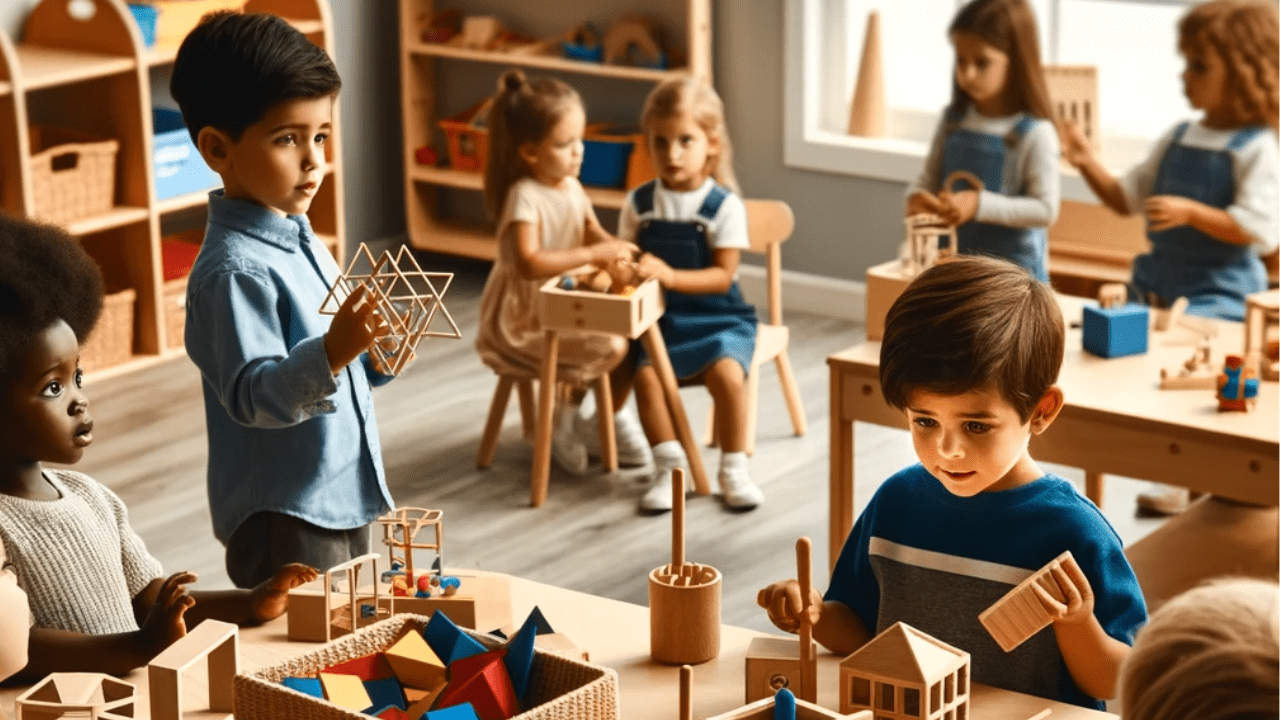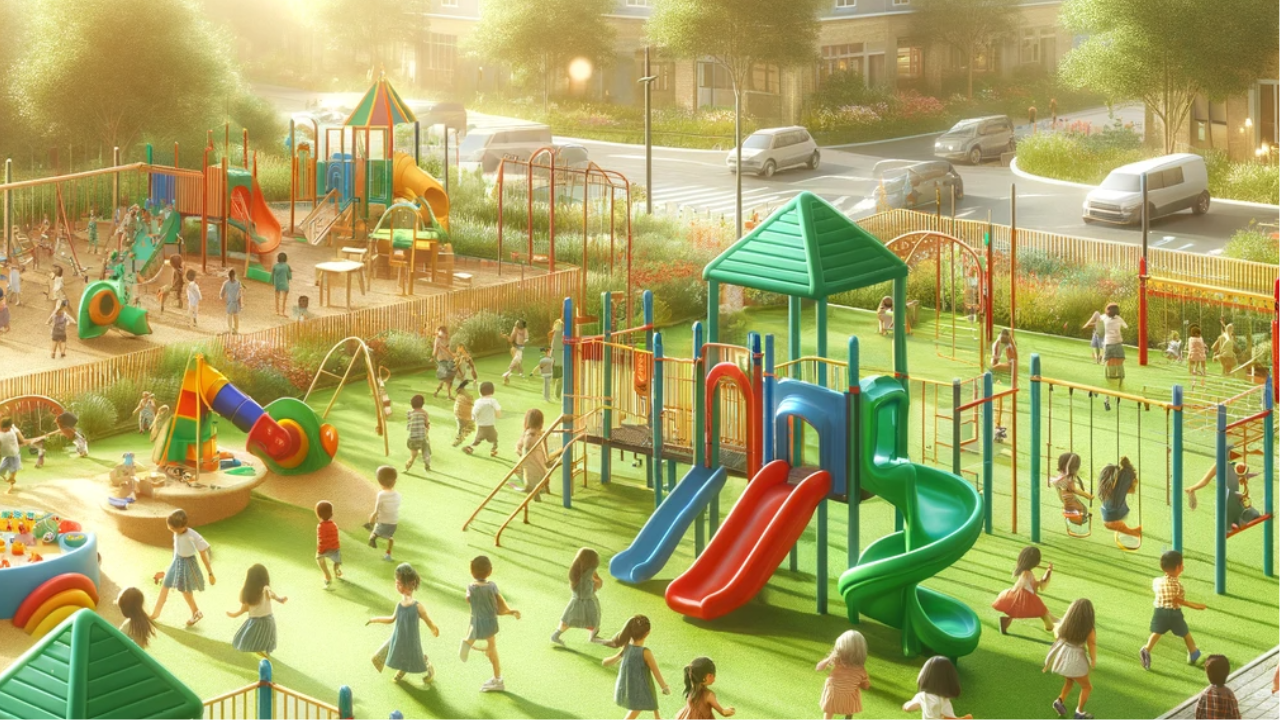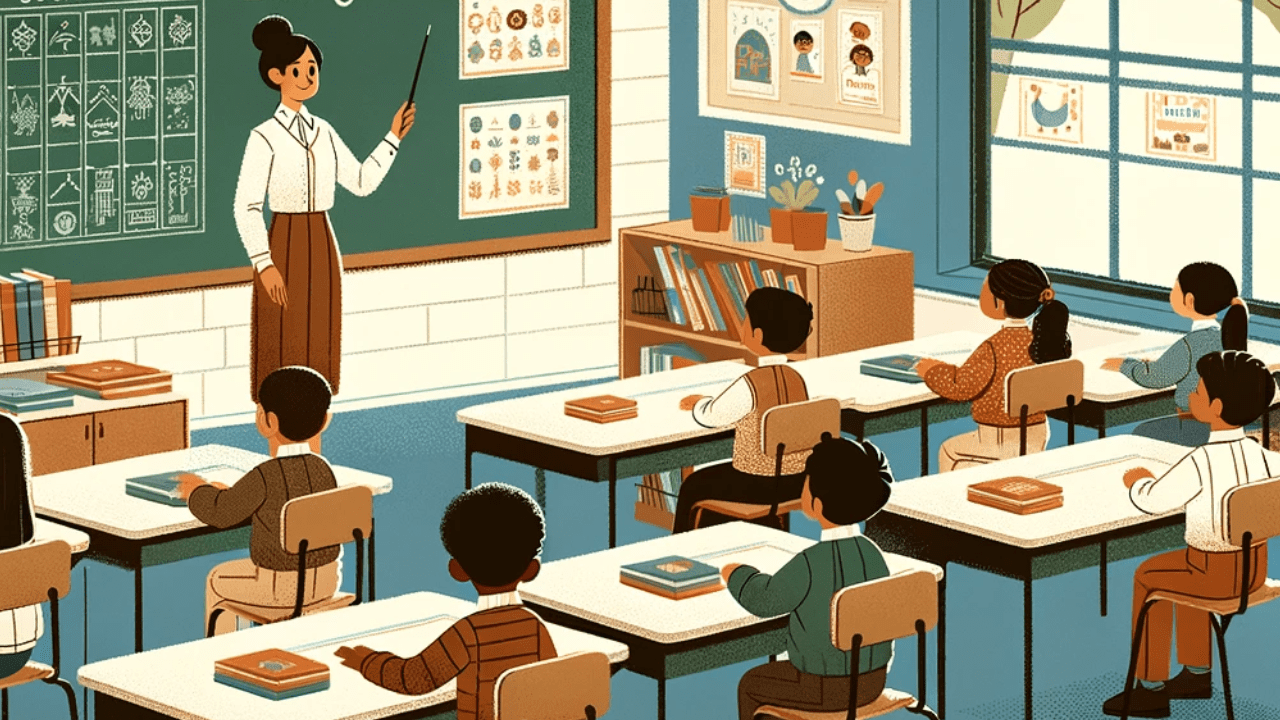Every parent strives to give their child the best possible and perfect start in life and it starts with Kindergarten.
To achieve this aspiration, parents often look for every perfect thing that will meet all the requirements required by their kids.
We all want our young ones to be in an environment that not only helps them to grow mentally and physically strong but nurtures their innate curiosity and paves the way for a lifelong love of learning.
Numerous kindergartens boast perfection and show exemplary programs, state-of-the-art facilities, and highly qualified educators. But it is important to understand the true essence of Perfect when taken in the context of Kindergarten.
In this article, we will discuss why a Perfect Kindergarten can’t exist and reasons to not look for a Utopian world being portrayed to us and look for the best fit rather than a perfect one.
Why There Is No Such Thing as a Perfect Kindergarten?
The concept of a perfect kindergarten is elusive due to varying needs, cultures, and resources.
As educational philosophies change and institutions face external pressures, perfection remains fluid, and what works for one child or community may not work for another.
Finding a perfect kindergarten is like chasing a moving target in a diverse and ever-changing landscape.
Societal Influences and the Illusion of Perfection
Our hyper-connected society frequently exposes us to polished narratives and images.
These carefully curated snapshots, whether from influencers’ social media feeds or success stories in community groups, can create an illusion of what “perfect” looks like.
For parents, this often translates into an intensified pressure to find the ‘perfect’ kindergarten, an institution that seems to have it all.
The Trap of Comparison
It’s human nature to compare. When stories of children attending renowned kindergartens with exceptional facilities circulate, it’s easy to feel like we’re falling short.
Conversations at neighbourhood gatherings, chats at local parks, or posts in online parent groups can inadvertently fuel the race to secure a spot in what’s perceived as the best institution.
Every Institution Has Its Story
It’s essential to remember that behind the glossy brochures and glowing testimonials, every kindergarten has its unique strengths and challenges.
Let us take a few examples to understand the situation better:
- A school celebrated for its artistic programs might not prioritize mathematics as much.
- An institution known for its academic rigour might not emphasize free play or outdoor activities.
Seeking Balance Over Perfection
Instead of pursuing perfection, parents should focus on understanding their child’s unique needs and their family’s core values. Recognizing that no single institution can be a panacea allows us to approach our choices with a more balanced perspective. After all, what’s vital is not finding a ‘perfect’ kindergarten but one that’s perfect for your child.
The Individuality of Every Child

The Spectrum of Diverse Needs
Every child is a unique blend of curiosities, preferences, and potential. While some children might be tactile learners, thriving through touch and physical interaction, others might learn best through auditory or visual methods. Some children might gravitate towards structured activities, while others blossom in free play.
Understanding Learning Styles
Children’s learning styles can vary widely:
- Visual Learners: These children benefit from seeing pictures, diagrams, and visual aids.
- Auditory Learners: They absorb information best when they hear it through songs, stories, or discussions.
- Kinesthetic Learners: These children learn by doing, through movement and touch.
Diverse Personalities, Diverse Needs
Just as children have varied learning styles, their personalities also differ. An introverted child might prefer smaller class sizes or more individualized attention, whereas an extroverted child might thrive in group activities and larger classes.
One Size Doesn’t Fit All
Consider two children: Maya and Leo. Maya might excel in a Montessori environment where she can choose activities and learn independently. On the other hand, Leo might benefit more from a structured environment where tasks are more defined and routine-based. What works wonders for Maya might not resonate with Leo’s needs.
Embracing Diversity in Choice
As parents and educators, it’s paramount to recognize and honour these differences. Instead of seeking a universally ‘perfect’ program, the goal should be to find an environment where our child feels understood, valued, and empowered to be their authentic self.
Key Factors in Selecting a Kindergarten

1. Environment
The setting of the kindergarten plays a vital role. Consider:
- Classroom layout and resources.
- Outdoor play areas and their safety.
- The overall feel and ambience of the place.
2. Teaching Philosophy

Different schools adopt various philosophies. Understand the core principles of:
- Montessori: Child-led and self-paced learning.
- Waldorf: Holistic development emphasizing imagination.
- Reggio Emilia: Focus on exploration and self-expression.
- Traditional: Structured and teacher-directed approach.
3. Class Size
A smaller teacher-to-student ratio often means more individualized attention, while larger classes can offer diverse peer interactions.
4. Curriculum
Examine the balance:
- How does the school merge academic learning with play?
- Are there provisions for arts, physical education, and experiential learning?
5. Diversity
A diverse environment can enrich a child’s perspective. Look for:
- Cultural and background representation.
- Inclusion practices and celebrations of different festivities.
6. Catering to Special Needs
Ensure the school has provisions for:
- Personalized support.
- Trained staff and necessary resources.
7. Location
Practicality matters:
- Is the school easily accessible from home or work?
- How does the commute fit into daily routines?
8. Budget
Beyond tuition:
- Are there hidden costs?
- What additional fees might be incurred for activities or resources?
The Crucial Role of Parents and Caregivers
1. Pillars of Support
Parents and caregivers are foundational to a child’s early education. Their involvement, encouragement, and support significantly influence a child’s learning journey.
2. Extending Learning at Home
Parents can:
- Reinforce concepts taught in school through everyday activities.
- Engage in reading, crafting, or exploratory play that aligns with school themes.
3. Beyond the Classroom
A child’s success is a collective effort. While schools play a role, the encouragement and environment at home are equally pivotal. It’s a partnership between educators and caregivers, each complementing the other.
Feedback and Continuous Growth
The Evolution of Institutions
No kindergarten is set in stone. Based on feedback, they adapt, refine, and enhance their programs and approaches.
Open Communication is Key
Parents should actively engage with teachers and administrators. This dialogue provides insights and drives positive changes within the institution.
Conclusion: The Journey to the Right Kindergarten
In the search for the “perfect” kindergarten, it’s essential to understand that it’s more about the journey than a fixed destination. No single institution holds the universal key to perfection. Instead, it’s about finding the right fit for your child’s unique needs. Parents, trust your instincts. You play an indispensable role in shaping your child’s educational experience through research and active involvement. Remember, it’s not about finding the best kindergarten but the best one for your child.